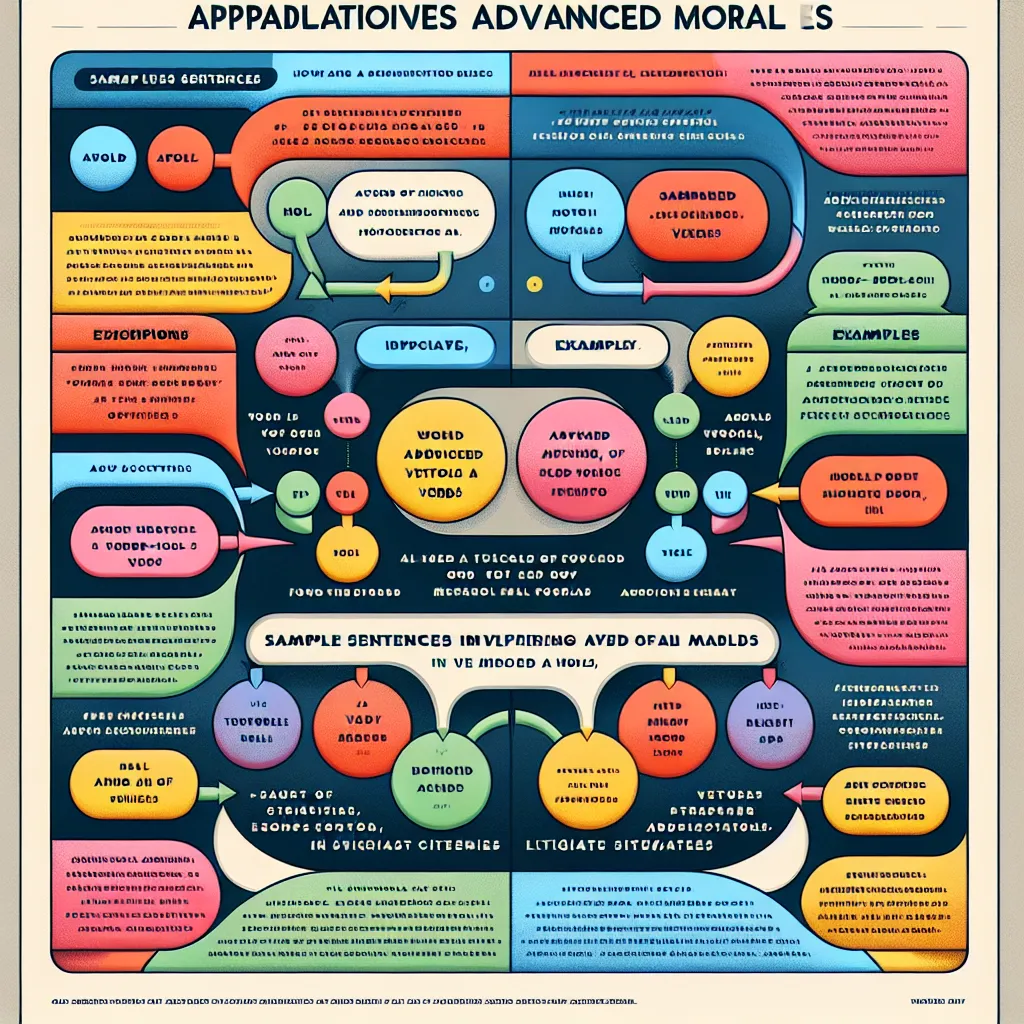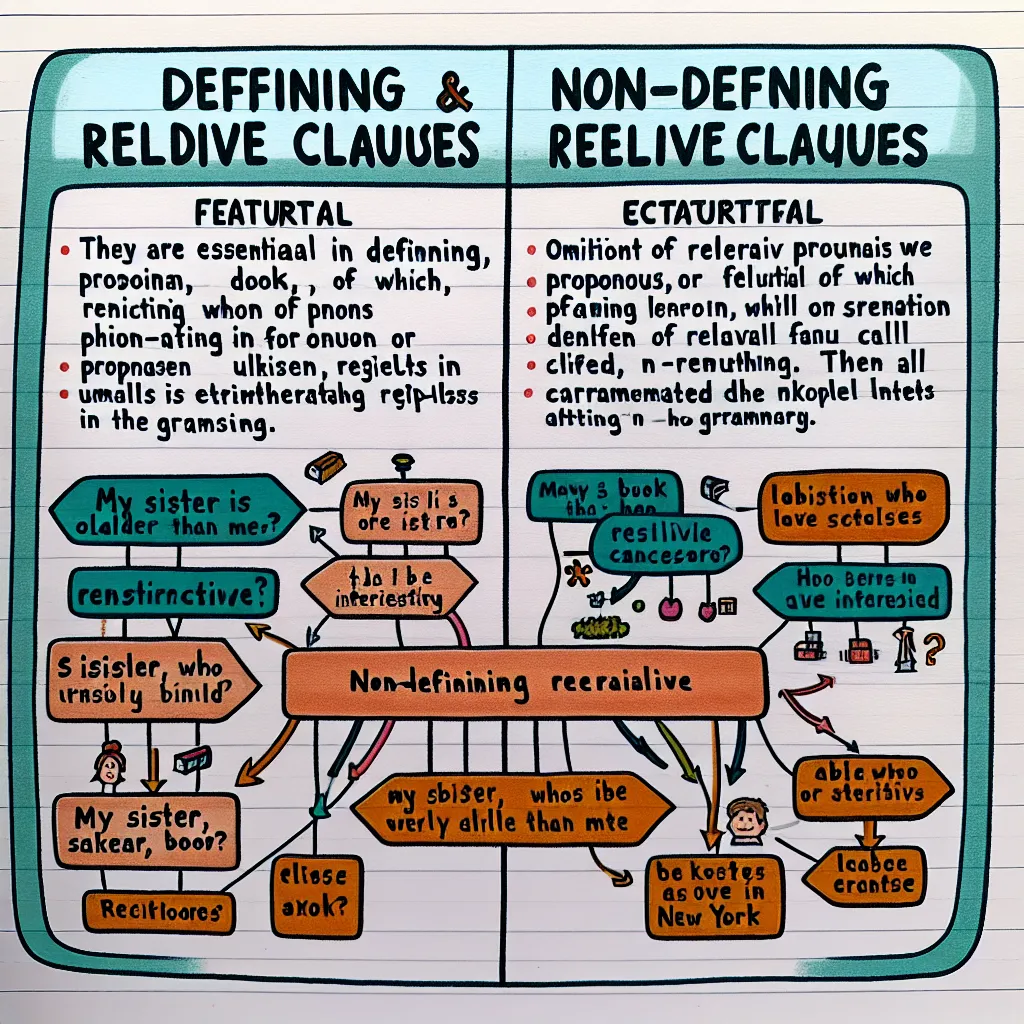Are you looking to take your English grammar skills to the next level? Understanding and mastering advanced modals is a crucial step in achieving fluency and sophistication in your language use. This guide will walk you through the intricacies of advanced modal usage, providing you with practical tips and examples to enhance your writing and speaking skills.
What Are Advanced Modals?
Advanced modals are complex verb structures that go beyond basic modal verbs like “can,” “will,” or “should.” They include modal perfect forms, modal continuous forms, and modal passive constructions. These advanced structures allow speakers and writers to express nuanced meanings, including probability, possibility, and hypothetical situations in the past, present, and future.
 Advanced Modal Verbs Diagram
Advanced Modal Verbs Diagram
Why Are Advanced Modals Important?
Mastering advanced modals is essential for several reasons:
- Precision in communication: They allow for more accurate expression of complex ideas.
- Academic and professional success: Advanced modals are frequently used in academic writing and professional contexts.
- Nuanced expression: They help convey subtle differences in meaning, especially regarding certainty and possibility.
- Cultural understanding: Proper use of modals reflects a deeper understanding of English-speaking cultures.
Types of Advanced Modals
Let’s explore the main types of advanced modal constructions:
1. Modal Perfect Forms
Modal perfect forms are used to express past possibilities or hypothetical situations in the past. They are formed using a modal verb + have + past participle.
Examples:
- “She must have been tired after the long journey.” (deduction about the past)
- “I could have attended the meeting if I had known about it.” (past possibility)
2. Modal Continuous Forms
These forms express ongoing actions or states with a modal sense. They are constructed using a modal verb + be + -ing form.
Examples:
- “He may be working late tonight.” (present possibility of an ongoing action)
- “They must be having a great time at the party.” (deduction about a current situation)
3. Modal Passive Constructions
Modal passive constructions combine modals with passive voice, often used in formal or academic contexts.
Examples:
- “The project should be completed by next week.” (expectation in passive form)
- “This medicine must be taken three times a day.” (necessity in passive form)
How to Use Advanced Modals Effectively
To master the use of advanced modals, consider the following tips:
-
Study context: Pay attention to how advanced modals are used in authentic materials like news articles, academic papers, and literature.
-
Practice regularly: Incorporate advanced modals into your daily writing and speaking exercises.
-
Focus on nuance: Understand the subtle differences between similar modal constructions (e.g., “could have done” vs. “should have done”).
-
Use in combination: Learn to combine different modal forms for more complex expressions (e.g., “He might have been being followed.”).
-
Be aware of formality: Some advanced modal constructions are more suitable for formal contexts than others.
 Advanced Modal Usage Examples
Advanced Modal Usage Examples
Common Mistakes to Avoid
When using advanced modals, be careful to avoid these common errors:
-
Overuse: Don’t use advanced modals unnecessarily. Sometimes, simpler constructions are more effective.
-
Incorrect form: Ensure you use the correct verb form after the modal (e.g., “must have gone” not “must has gone”).
-
Mismatched tenses: Be consistent with your time references when using modal perfects.
-
Confusion with conditionals: Be clear about the difference between modal perfects and conditional structures.
-
Inappropriate formality: Use advanced modals appropriately based on the context and audience.
Practical Exercises for Mastering Advanced Modals
To improve your skills with advanced modals, try these exercises:
-
Rewrite sentences: Take simple sentences and rewrite them using advanced modal constructions.
-
Gap-fill exercises: Complete sentences or paragraphs with the appropriate advanced modal forms.
-
Translation practice: Translate complex ideas from your native language into English using advanced modals.
-
Role-play scenarios: Create dialogues that require the use of various advanced modal constructions.
-
Error correction: Identify and correct mistakes in sentences containing advanced modals.
For more detailed practice and explanations, you might find our article on how to use advanced modal constructions in writing helpful.
Conclusion
Mastering advanced modals is a significant step towards achieving fluency and sophistication in English. By understanding their forms, functions, and appropriate usage, you can express complex ideas with precision and nuance. Remember to practice regularly, pay attention to context, and don’t be afraid to experiment with these structures in your own writing and speaking.
For further improvement, consider exploring our resources on advanced grammar for international reports and tips for mastering the use of modals in English. With consistent practice and attention to detail, you’ll soon find yourself using advanced modals with confidence and ease.




